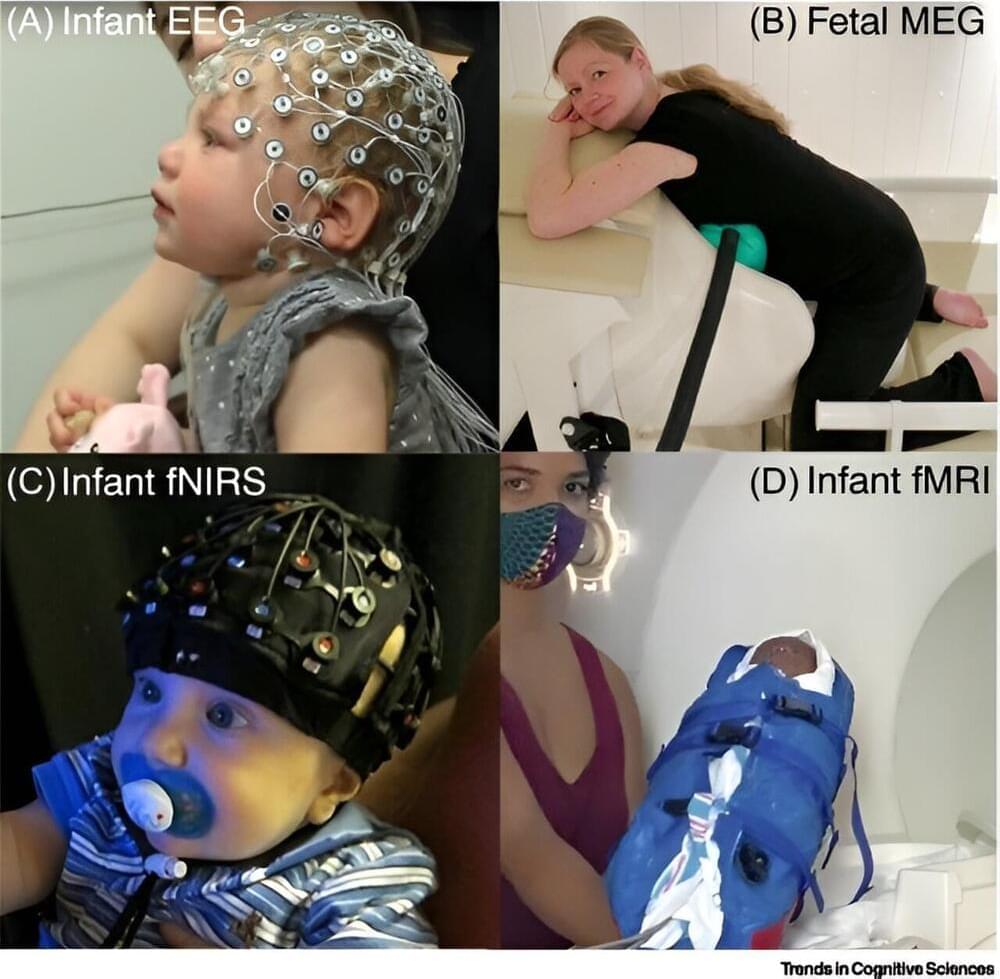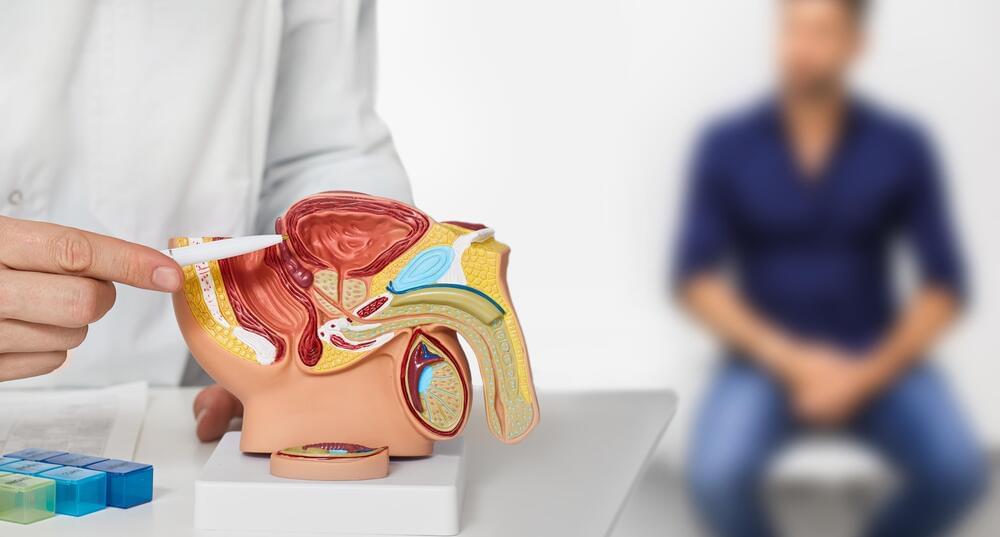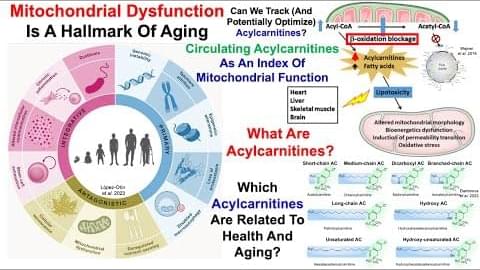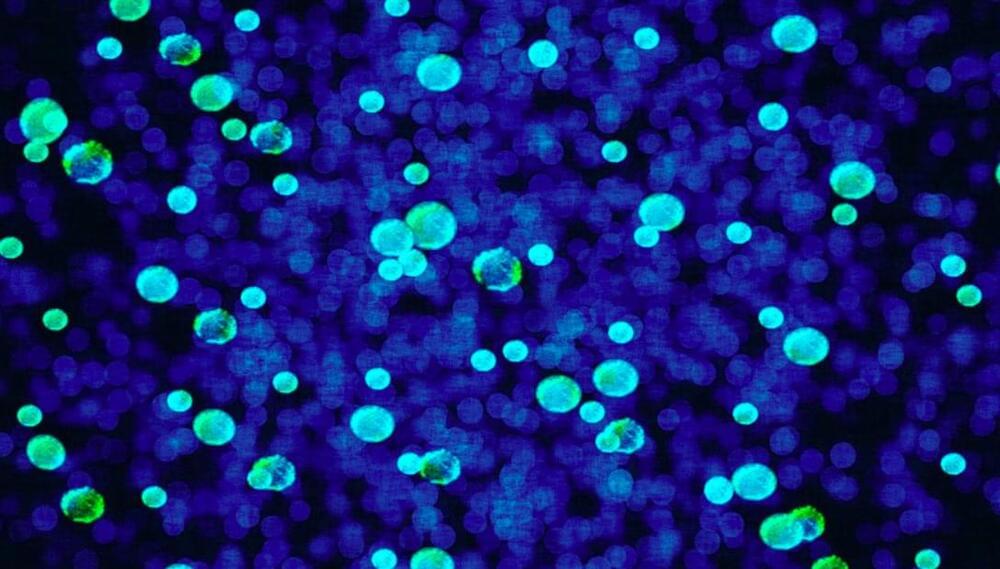
There is evidence that some form of conscious experience is present by birth, and perhaps even in late pregnancy, an international team of researchers from Trinity College Dublin and colleagues in Australia, Germany and the U.S. has found.
The findings, published today in Trends in Cognitive Science, have important clinical, ethical and potentially legal implications, according to the authors.
In the study, titled “Consciousness in the cradle: on the emergence of infant experience,” the researchers argue that by birth the infant’s developing brain is capable of conscious experiences that can make a lasting imprint on their developing sense of self and understanding of their environment.

















